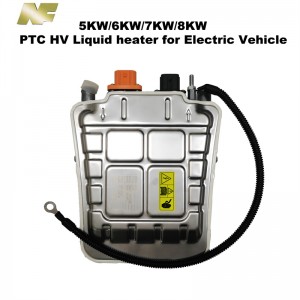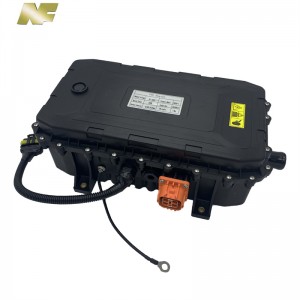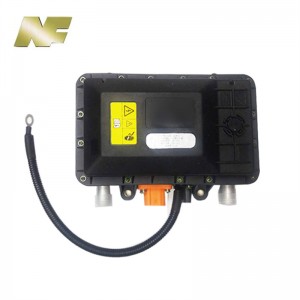In recent years, the automotive industry has witnessed significant advancements in vehicle technology aimed at improving performance and enhancing driver comfort. One of the innovations that has gained widespread recognition is the coolant heater, a key component that helps protect the engine from extreme temperatures. This article explores the latest breakthroughs in coolant heating technology, focusing on three cutting-edge solutions: PTC coolant heaters, electric coolant heaters, and high-pressure coolant heaters.
Positive Temperature Coefficient (PTC) coolant heaters have become a game changer for the automotive industry. Ideal for both conventional and electric vehicles, these compact and efficient units provide rapid heat transfer while ensuring optimal engine performance in cold weather.
PTC coolant heaters use advanced ceramic technology to significantly reduce energy consumption. By automatically adjusting heating power to meet specific temperature requirements, they improve fuel efficiency and reduce emissions, resulting in a greener driving experience.
Additionally, PTC coolant heaters excel at providing instant heat, eliminating common cold start delays. This feature not only improves passenger comfort but also helps prevent unnecessary engine wear caused by prolonged idling during start-up.
Electric coolant heaters are popular for their ability to improve engine performance while reducing your carbon footprint. These sophisticated systems use electric heating elements to heat the engine's coolant, thus preventing engine damage in cold climates.
The electric coolant heating system features advanced controls that allow users to preheat the vehicle remotely. This feature ensures a warm and comfortable cabin temperature even before the journey begins, thus significantly increasing driver comfort. Additionally, it eliminates the need for conventional internal combustion engines to idling, thereby reducing fuel consumption and greenhouse gas emissions.
Additionally, electric coolant heaters help extend the life of vehicle components. They reduce engine wear by promoting faster warm-up, preventing unnecessary stress on other engine components. This not only improves reliability but also reduces maintenance costs for car owners.
3. High voltage coolant heater:
As the world shifts to electric vehicles, high-pressure coolant heaters have become a cutting-edge solution to the unique challenges electric vehicles face. These advanced units combine powerful electric heating systems with intelligent controls to ensure efficient operation in extreme temperatures.
High-voltage coolant heaters ensure optimal performance of electric vehicle batteries. By maintaining an ideal temperature range, they improve battery efficiency, extend battery life and enable fast charging capabilities, which are critical for widespread adoption of electric vehicles.
In addition, a high-voltage coolant heater enables rapid cabin heating, thereby increasing passenger comfort. They eliminate the limitations of relying solely on battery-powered heating, ensuring that drivers and passengers can enjoy a comfortable interior environment even in cold weather.
in conclusion:
Continuing developments in coolant heater technology are revolutionizing the automotive industry by improving engine performance, reducing emissions and improving driver comfort. PTC coolant heaters, electric coolant heaters, and high-pressure coolant heaters are just a few examples of cutting-edge solutions that are changing the way vehicles handle extreme temperatures.
Not only do these systems protect your engine from costly damage, they also help create a greener, more sustainable future. Coolant heaters play a key role in increasing the overall efficiency and longevity of your vehicle by reducing fuel consumption, emissions and unnecessary engine wear.
As the demand for high-performance vehicles that can withstand harsh weather conditions continues to grow, the development of coolant heaters will continue to play a vital role in improving the driving experience. As advancements continue, it’s clear that these innovative coolant heating solutions are here to stay, propelling us down the road toward a more efficient and sustainable future.



Post time: Nov-24-2023




